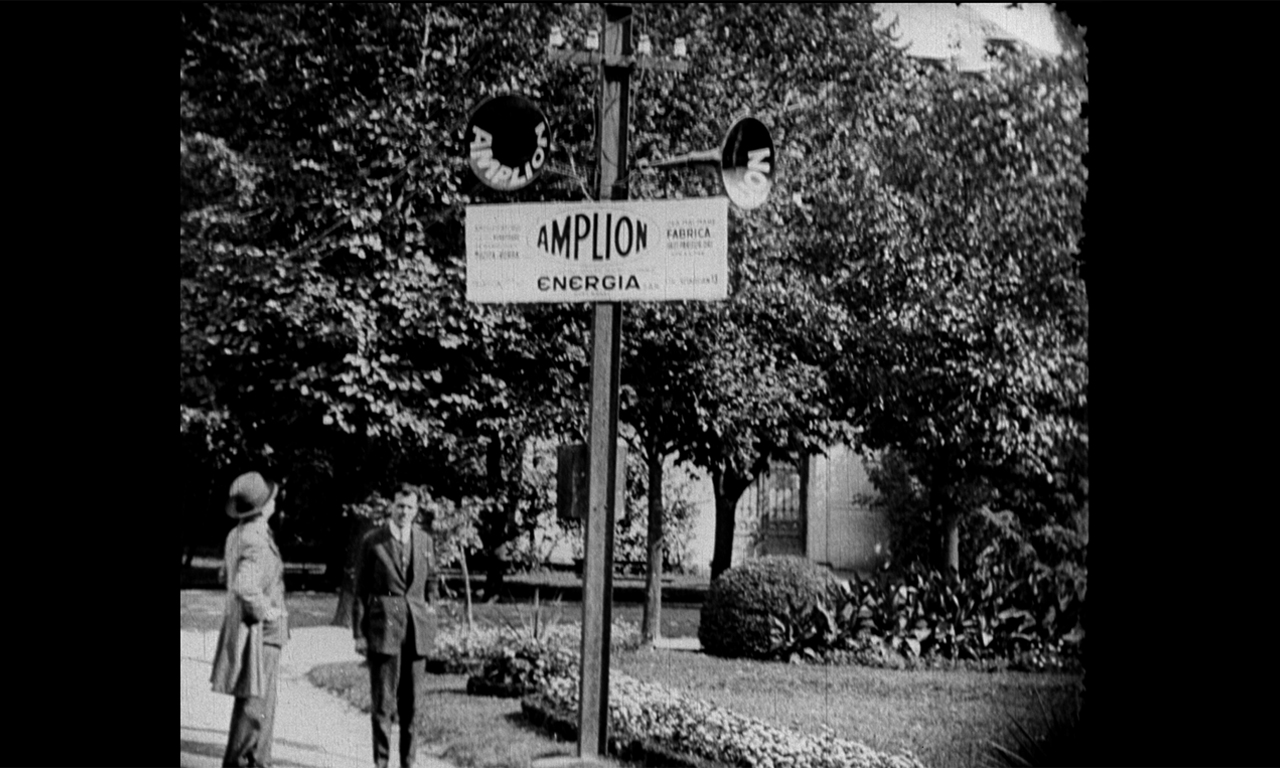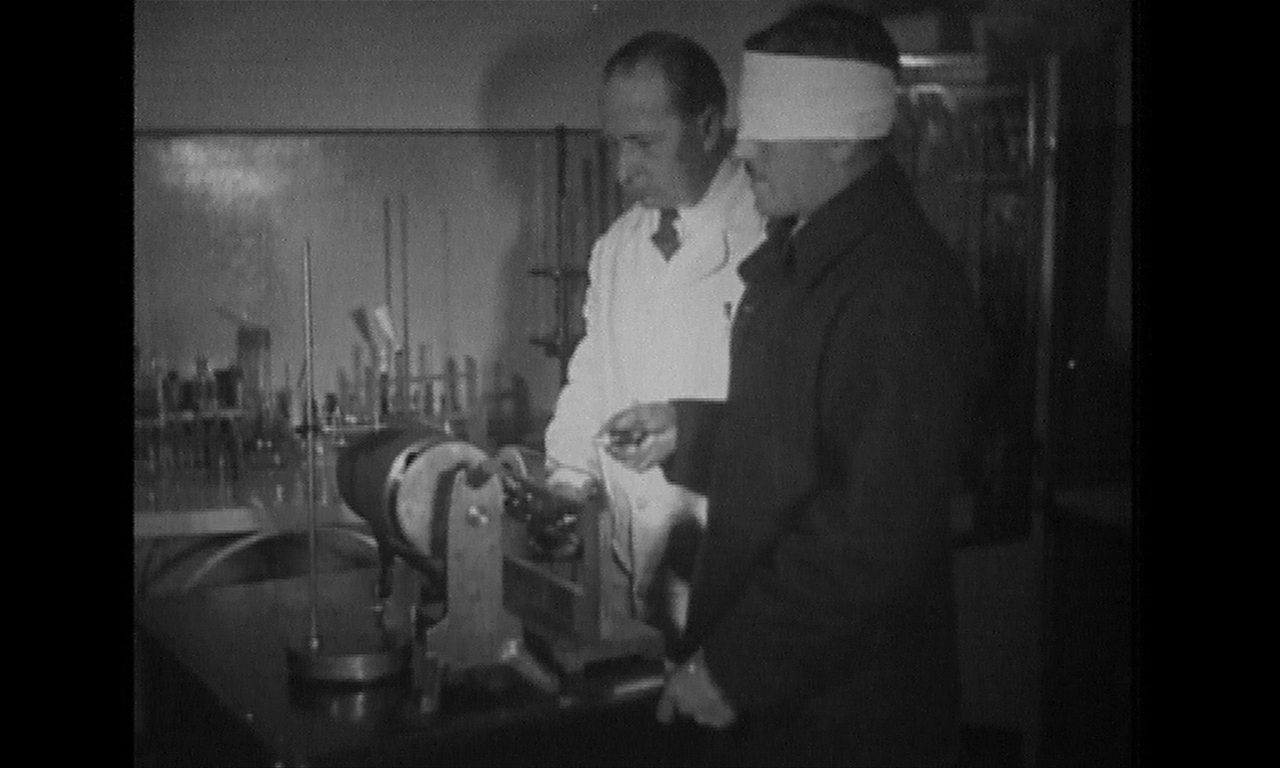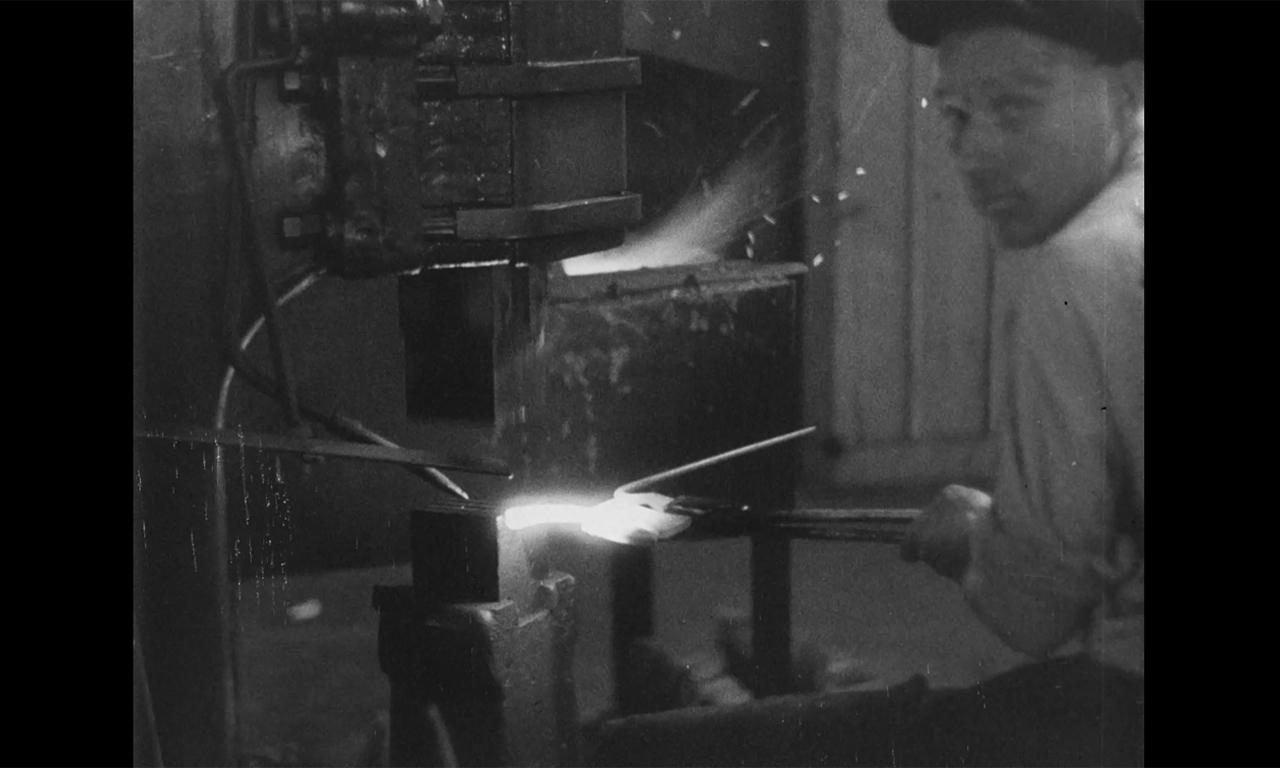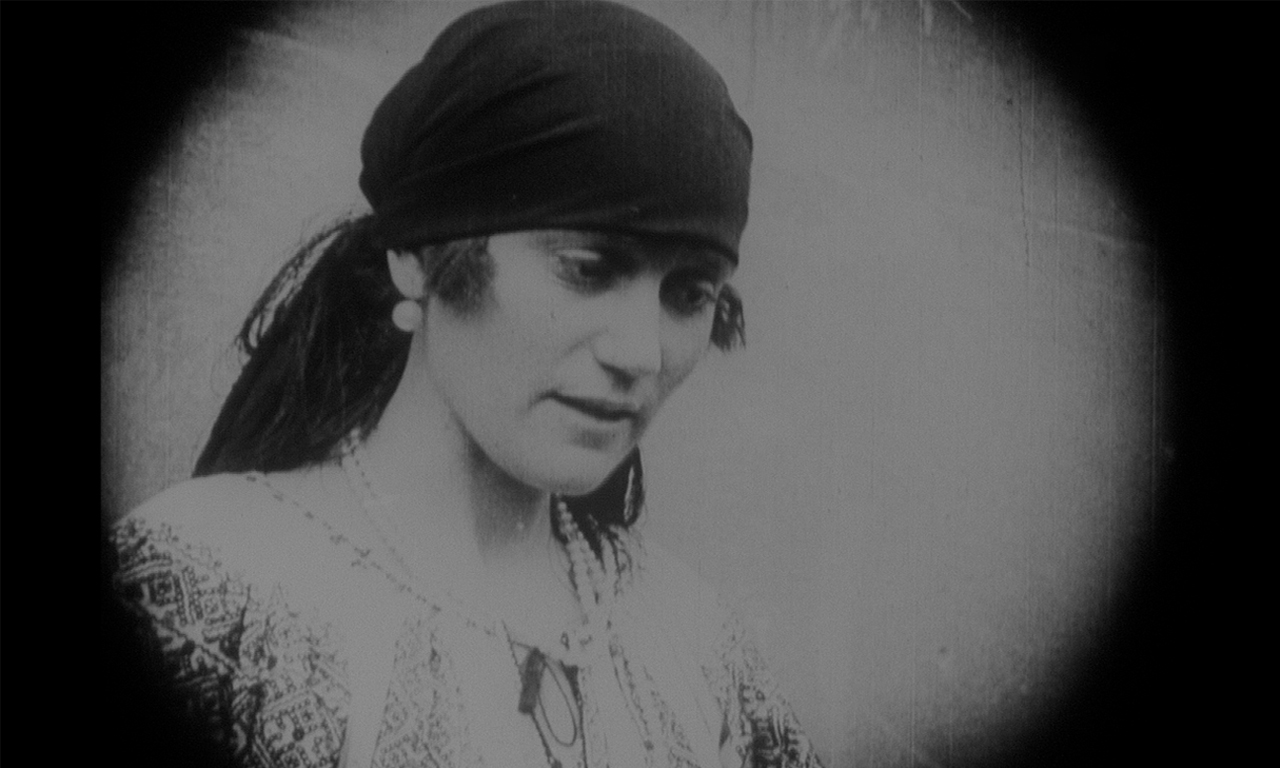On fast forward. Industrial documentaries (1928–1935)
09.09.2021
Photo credits: The National Film Archive
silent films, shorts, runtime: 49 minutes
music: Sillyconductor
The First Display of Electricity in Romania (1928)*
S.T.B. – Streetcar Society Bucharest (S.T.B., 1932)
The Wire Industry Brăila (Jenő Janovics, 1935)*
The Enamel Mediaş (Enamel Factory Mediaş, 1930)
*digitized for the first time
We had barely settled on a cluster of utilitarian films and could already predict the overflow of small documentaries on factories and plants. Naturally, we were hoping for constructivist vigor, speed, sparkling shots, hot iron, steam locomotives, in any case, we knew what we wanted – we wanted what we knew. Then we came across more and more films of the same kind, so varied that the template got increasingly silly; by no means trifling, not at all, only narrow. “The Wire Industry Brăila” by the legendary Jenő Janovics remains closest to the original intention. Who could dispute its laborer-clad shots?
Nobody. Only that, to me, the films that are more diffuse, somewhat airier, leave room for more fantasy. Past its informative credits and shots of the royal family, “The First Display of Electricity in Romania” (1928), whose creator has stayed anonymous to this day, is what I would call a close-range piece, shot on a tripod from one room to the next, maintaining the sense of a tenacious guest. Likewise, the pleasure provoked by “S.T.B. – Streetcar Society Bucharest”, made twenty years after streetcars had been introduced to the capital, arises precisely from its being so scattered. That is because the director, anonymous all the same, wasn’t satisfied with those flattering panoramas of the rail yard under construction, nor with the shaky footage shot inside the tram. No, they wanted to show the Society’s doctor’s office, its pharmacy, mockups, worksites, all that could fit on the roll, but at no point does this ambition prove burdensome.
On the contrary, the rules were still blurry. We can wholeheartedly say that “The Enamel Mediaş” (1930) is one of the most fabulous souvenirs taken from the archive. Once again, the director is unknown to us; all we know is that they were someone with enough flair to combine a common utilitarian film with a hilarious advertisement for enamel pots. The exploration pace is palpable; on fast forward. (Călin Boto)
Sillyconductor (Cătălin Matei, b. 1980) is a sound artist who performs under several monikers. He was an audio programmer for performances and audio installations at numerous festivals in Romania and abroad: Rokolectiv Festival (Bucharest), TodaysArt Festival (The Hague, Netherlands), Unsound (Krakow, Poland), Eurobeats (Washington, USA), Club Transmediale (Berlin, Germany), CrackFestival (Roma, Italy), Arma17 (Moscow, Russia), Insomnia Festival (Tromsø, Norway), Konzerthaus Berlin etc. Under the alias Sillyconductor, he was involved in most all activities related to music production and recording (“Metaorganum” project), theater music, sound installations (“100 Catronomes”) or sound objects (“Pianosaurus”, “Ondiocytherium”, “Arrhenius Jingles”). Sometimes he performs on an iPad with the Hyperion International Ensemble, founded and conducted by Iancu Dumitrescu, or organizes workshops for children with hearing impairment, based on vibrations and visual stimulus, attempting to combine science, classical references and absurd humour in his creations.
As a consequence of the contractual requirements imposed by the Romanian Film Center, we separated the video and the audio sources. The developed automatic system synchronizing the applications used may cause small delays due to your internet provider and devices (desktop, phone, etc.).



